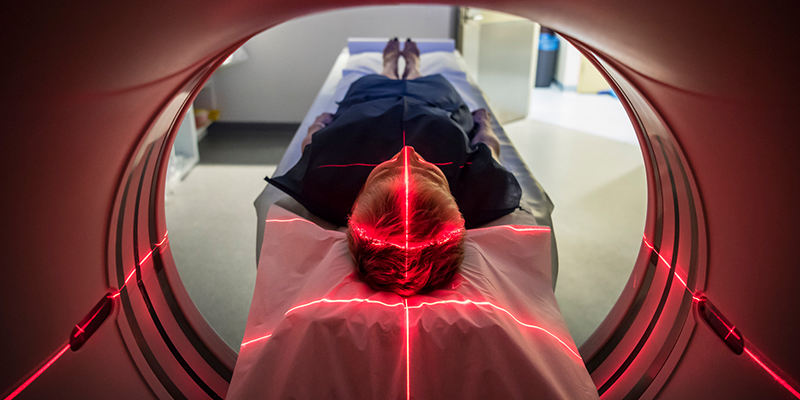
An exciting study from MIT, published in the journal, Brain, looked at brain activity differences using functional magnetic resonance imaging (fMRI) in adults who had recovered from typical childhood ADD/ADHD and those who had not.
What Does This Mean?
The study participants were scanned in a resting, or unfocused state to reveal the basic functional architecture of the brain. Researchers looked for activity differences within the default-mode network: a network of brain regions that are active when the brain is not focused on visual stimuli from the outside world.
The default-mode network is believed to generate spontaneous thoughts during daydreaming; its activity is associated with self-reflective thought, retrieving memories, creativity, envisioning the future, and gauging others’ perspectives.
Researchers found that adults who had recovered from childhood ADD/ADHD showed a distinctive synchrony of activity in the default-mode network.
“Their brains now look like those of people who never had ADHD,” said Aaron Mattfeld, the study’s lead author.
ADD/ADHD
Those who still had ADD/ADHD did not show synchrony within the default-mode network—meaning they stayed in daydreaming mode—perhaps contributing to intensified problems with forethought and judgment.
Additionally, when people without ADD/ADHD perform tasks that require focus, the default-mode network is automatically suppressed while the task-positive network takes over, allowing the person to successfully carry out goal-oriented tasks. If this reciprocal relationship degrades, the ability to focus declines.
The Research Findings
The MIT researchers will use these fMRI findings to investigate how medications act on the brain’s default-mode network, in effort to better target treatment for the 40% of ADD/ADHD people who do not respond well to the first drug they receive.
Yet again, the use of brain imaging has paved the way for more targeted treatment plans for people with ADD.
We Can Help
Learn more about signs of ADD in adults and take our free online ADD questionnaire to determine if ADD is likely, and if so, what type.
ADD is not a single or simple diagnosis and no one treatment method will work for everyone. At Amen Clinics, we can help you understand how your brain works and will work with you to create a targeted, more effective treatment plan that goes beyond the use of stimulant medications alone. Call us at 1-888-288-9834 or click here to ask a question.





Oh my gosh, I am very enlightened but absolutely NOT SURPRISED, Which is a good thing! Their default network description of an ADD person rest could not be any more accurate, therefore I am very convinced by their description of what happens when one attempts to focus! Thank god research in neuroscience is thriving, keep it up MIT!
Comment by Braylin Williams — May 10, 2016 @ 7:53 PM